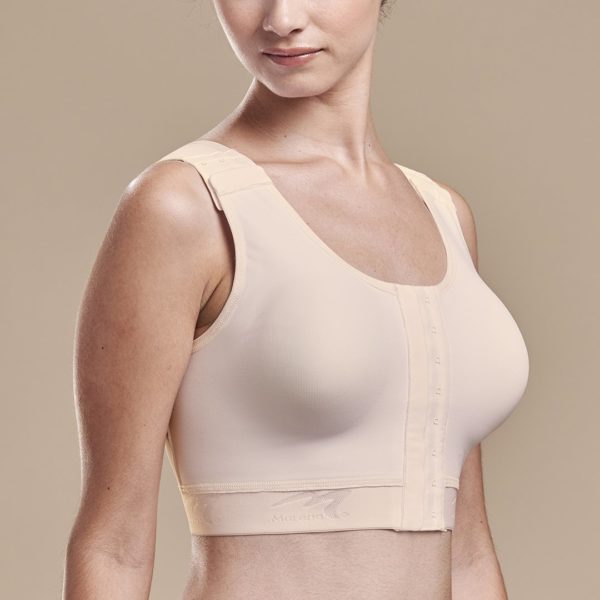Breast augmentation represents one of the most frequently performed cosmetic surgical procedures. The technique involves enhancing breast size and shape through various surgical methods. Understanding the different approaches available helps patients make informed decisions about their treatment options.
Here is more information on the three primary breast augmentation techniques:
Saline Implants
A breast augmentation using saline implants consists of silicone shells filled with sterile salt water. Surgeons typically insert these implants empty and fill them once positioned in the breast pocket. This technique allows for smaller incisions since the implant expands after placement. The FDA has approved saline implants for patients aged 18 and older. These implants provide adjustable volume during surgery, enabling surgeons to achieve precise symmetry between breasts. The fill volume can be modified to match the patient’s desired size and address any natural asymmetry.
Saline implants offer several advantages for breast augmentation procedures. The sterile salt water filling poses no health risks if leakage occurs, as the body naturally absorbs the solution. A smaller incision is required for insertion, which often results in less visible scarring. The texture and feel of saline implants may differ from natural breast tissue, particularly in patients with limited natural breast tissue. The implants can also show visible rippling or wrinkling in some cases, especially when placed above the chest muscle.
Silicone Implants
Silicone implants contain a cohesive silicone gel that closely mimics the texture of natural breast tissue. These implants come pre-filled from the manufacturer and require larger incisions for placement compared to saline options. The FDA has approved silicone implants for patients aged 22 and older for cosmetic augmentation. Modern silicone implants use advanced gel formulations designed to maintain their shape and reduce the risk of gel migration if the shell becomes damaged.
Silicone implants typically provide a more natural feel and appearance compared to saline alternatives. The gel consistency creates a texture that resembles natural breast tissue more closely. These implants also show less visible rippling or wrinkling, particularly in patients with minimal natural breast tissue. The detection of silicone implant rupture requires regular monitoring through MRI scans, as silent ruptures can occur without obvious symptoms. The larger incision needed for placement may also result in more visible scarring compared to saline implant procedures.
Fat Transfer Procedures
Fat transfer breast augmentation uses the patient’s own fat tissue to enhance breast size and shape. This technique involves liposuction to harvest fat from areas such as the abdomen, thighs, or flanks, followed by purification and injection into the breasts. The procedure typically provides modest size increases, usually one to two cup sizes maximum. Fat transfer works best for patients seeking subtle enhancement rather than dramatic size changes.
Fat transfer offers the advantage of using the patient’s own tissue, eliminating concerns about foreign materials or implant-related complications. The procedure simultaneously removes unwanted fat from donor areas while enhancing the breasts. The results feel completely natural since the augmentation uses the patient’s own tissue.
Learn More About Breast Augmentation
Each breast augmentation technique serves different patient needs and preferences. The choice depends on factors including desired size increase, natural breast tissue amount, body type, and personal preferences regarding feel and appearance. Consultation with a qualified plastic surgeon provides personalized recommendations based on individual anatomy, goals, and medical history. The surgeon can explain which technique best aligns with your specific needs and expected outcomes.

